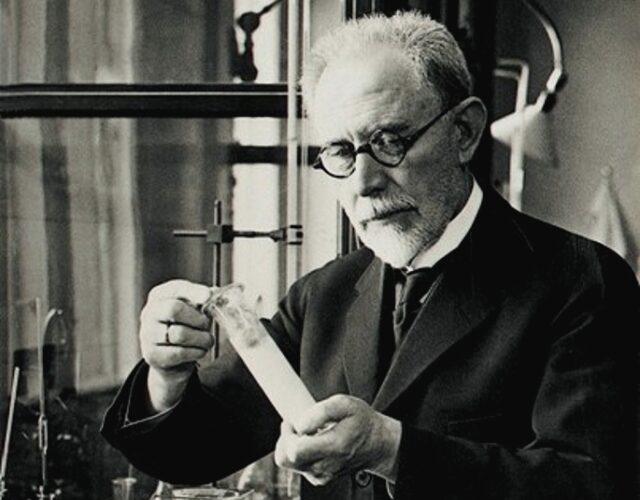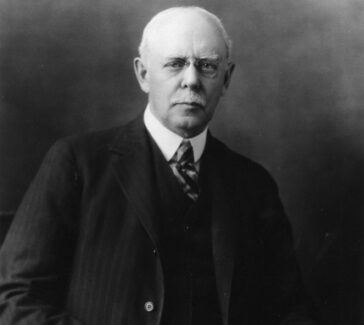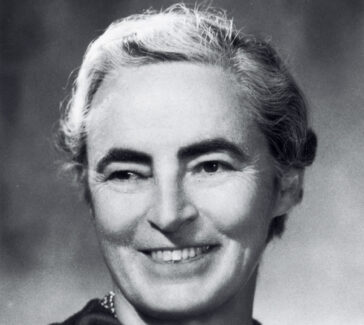Søren Sørensen
In 1909 Sørensen, a Danish chemist, introduced the concept of pH as a convenient way of expressing acidity.

Industry laboratories, while intended to advance practical industrial processes, can also be the birthplace of theoretical concepts. Such was the case with the concept of pH, introduced in 1909 by Søren Sørensen as a convenient way of expressing acidity—the negative logarithm of hydrogen ion concentration.
At the Carlsberg Laboratory
Sørensen (1868–1939), who held a PhD from the University of Copenhagen, directed the chemical department of the Carlsberg Laboratory, which was supported by the beer company of the same name, brewing being one of the oldest chemical industries. At the time, he was working on the effect of ion concentration in the analysis of proteins. Sørensen subsequently became a leader in the application of thermodynamics to protein chemistry, and in this work he was assisted by his wife, Margrethe Høyrup Sørensen.
The pH Scale
The context for the introduction of the concept of pH was the slow changeover from the old color-change tests for indicating the degree of acidity or basicity to electrical methods. In the latter technique the current generated in an electrochemical cell by ions migrating to oppositely charged electrodes was measured, using a highly sensitive (and delicate) galvanometer.
Until Sørensen developed the pH scale, there was no widely accepted way of expressing hydrogen ion concentrations.



